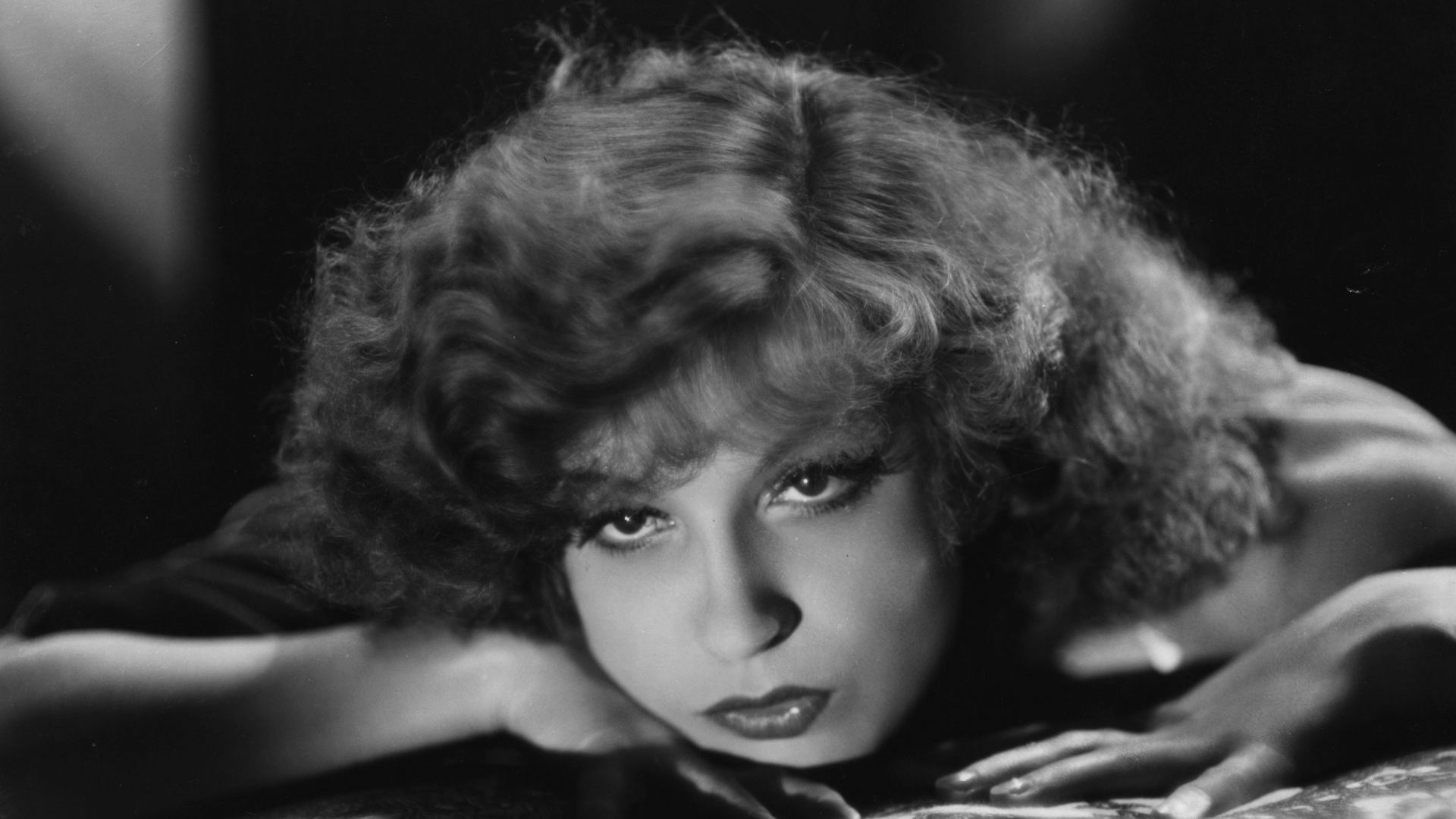When the SS Berengaria docked at New York on May 14, 1928, first down the gangway were a number of its notable passengers. There was Will H Hays, head of the Motion Picture Producers and Distributors of America and the man behind the Hays Code. New Zealand soprano and star of the New York Metropolitan Opera Frances Alda was arriving for the summer season, as was fellow soprano, Emma Redell, returning to her native country to make her debut at Carnegie Hall. A couple of wealthy industrialists, an heiress and some minor European aristocrats followed, all pausing for the popping bulbs of the newspaper photographers on the quayside.
The press men were all back in their newspaper offices downtown by the time a young woman emerged, suitcase in each hand and another wedged into an armpit, accompanied by her mother, descending to the immigration office among the valets, governesses and ladies’ maids with whom they’d spent the voyage. One day, she thought, I’ll be the first off one of these liners.
Lili Damita was 23 years old and on her way to California. Earlier that year Samuel Goldwyn, in Europe looking for another Garbo, had spotted Damita in a film made in her native France and arranged for her to travel to Hollywood, where she was due to star in an adaptation of Joseph Conrad’s The Rescue opposite Ronald Colman. As she and her mother made their way through the crowded streets of Manhattan to the railway station, the film studios of Berlin, Paris and London seemed suddenly a long way away. And so, bewildered by the chaos of New York, did Hollywood.
Seven years later Damita made the same journey across the Atlantic on the SS Paris. Now a huge star thanks to a succession of femme fatale roles, she
had been in England to film Brewster’s Millions and would be first down the
gangplank, indulging and ignoring the shouts of the photographers as she
wished. Behind her were fellow screen stars Constance Cummings and Merle Oberon, while below deck this time waiting to disembark with the valets and ladies’ maids was a 25-year-old wannabe actor from Tasmania hoping to make it in Hollywood, named Errol Flynn.
During the voyage, Flynn had been struck by Damita’s beauty, film star presence and confident bearing bordering on arrogance. One night in the ship’s ballroom he plucked up the courage to walk across the dancefloor to where the star sat smoking loftily with Oberon and asked her to dance.
Damita, five years his senior, looked Flynn up and down, looked away, sucked on her cigarette holder and muttered, “maybe later”. It was the
beginning of one of Hollywood’s most notoriously tempestuous romances.
“In one way Lili and I were somewhat alike,” Flynn wrote in his autobiography. “She essentially disliked men and I essentially disliked women.”
Within six months they were married, in a small ceremony in a chapel in Yuma, Arizona, and Damita set about promoting her new husband’s career. Despite a flimsy track record on screen – in effect one appearance in a British “quota-quickie” – with his wife’s help, Flynn secured the swashbuckling title role in Captain Blood that helped to turn him into one of the biggest stars Hollywood has ever known.
Marriage also coincided with the end of Damita’s film career. Her strong French accent worked against her in the age of the talkie, her extravagant demands made her notoriously difficult to work with and the starring roles were beginning to dry up. Marriage to Flynn allowed her to step away from the screen on her own terms, while its stormy nature ensured she remained
a constant presence in the newspapers.
The birth of the couple’s son, Sean, in 1941 turned out to be the defining moment of Damita’s life. She divorced Flynn soon afterwards, just before he
stood trial on statutory rape charges brought by two 17-year-old girls, negotiated a comfortable alimony, won custody of their son and moved to
Florida, where she would remain away from the spotlight for the rest of her
life. In 1962 she married Allen Loomis, manager of a pie company, and spent
summers in his native Iowa and winters in Palm Beach. It was all a considerable contrast to her early life.
At 16 she had been a dancer at the Folies Bergères in Paris, displaying such talent that while still in her teens she rose to replace Mistinguett as the star of the revue show at the Café de Paris. By then Liliane Marie-Madeleine Carré had become Lili Damita, her stage name apparently originating with King Alfonso of Spain who had spotted the beautiful teenager on the beach at Biarritz and inquired after the “Damita del maillo rojo”, the girl in the red
bathing suit.
Damita began to appear in films in France, Germany and England, impressing the likes of GW Pabst and Michael Curtiz, with whom she had a lengthy affair, before Goldwyn shipped her across the Atlantic. As well as The Rescue, in 1931 she shepherded Laurence Olivier through his screen debut Friends and Lovers before doing the same with another debutant, Cary Grant, in This Is The Night.
In interviews she claimed that her contract forbade her from falling in love for a minimum of five years, but rumours followed her everywhere, some of them having considerable substance. There were reports of an engagement to Prince Louis Ferdinand of Germany, which she dismissed, announcing: “I will never marry royalty, they are too egotistical and so am I.” The prince,
meanwhile, claimed he ended the relationship because he felt he was being exploited for publicity purposes.
Other whispers linked her romantically with some of Hollywood’s leading men and women, including Marlene Dietrich, but marriage to Flynn cemented her place in the Hollywood pantheon.
By contrast, once her divorce was granted Damita became a recluse living in a modest bungalow in Palm Beach, occasionally returning to the headlines when taking her ex-husband to court for non-payment of maintenance. On her 1942 US naturalisation application she listed her occupation as “nurse’s aid”.
Damita’s priority was her unshakeable devotion to her son’s upbringing. After a brief dalliance with an acting career, Sean Flynn became a photojournalist and travelled in the late 1960s to south-east Asia to document the Cambodian civil war for Time magazine, among other outlets. In April 1970, while travelling between Phnom Penh and Saigon with fellow photographer Dana Stone, he disappeared.
Damita used every resource at her disposal to trace her son, from hiring mercenaries to go into the jungle and find him to keeping the cottage behind
her bungalow that Sean had used since he was a boy permanently prepared for his homecoming. No trace has ever been found and Flynn and Stone are
believed to have been captured and killed by the Khmer Rouge.
Damita, her last years clouded by Alzheimer’s disease, never gave up hope. “It has made an old woman of me,” she told a friend of her son in 1975, five years after his disappearance. “It’s broken my heart. I sleep with the phone beside my bed, but I don’t sleep. I just worry all the time.”




